VC Fellowships Index
Compare 120 VC fellowship programs that turn operators into investors. Hand‑picked and updated weekly.
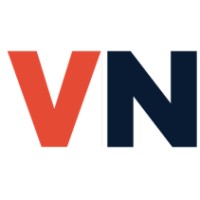
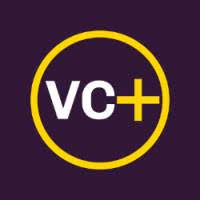
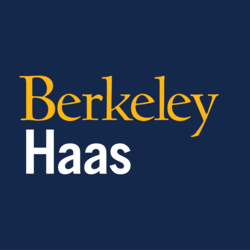
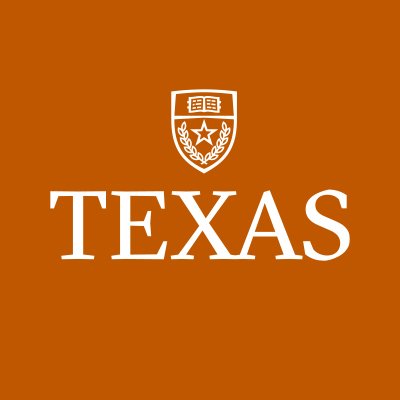
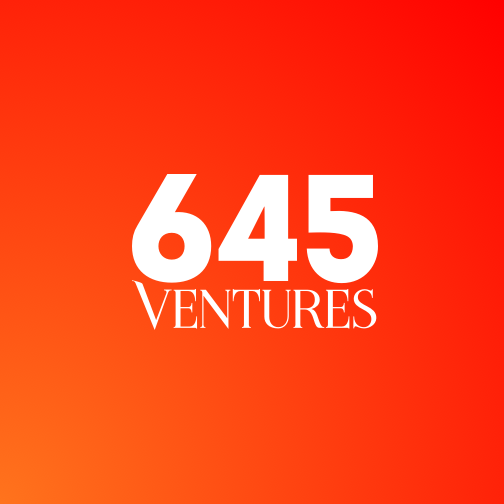
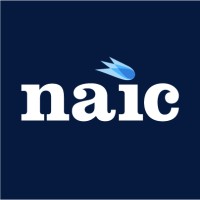
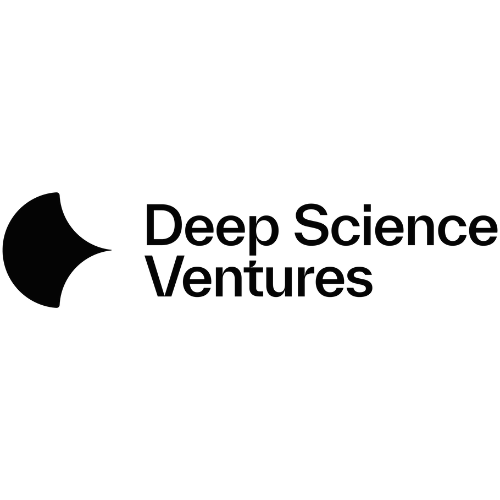

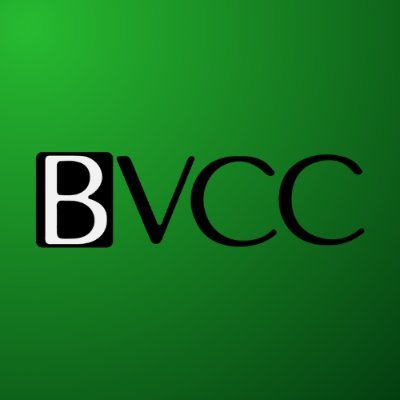

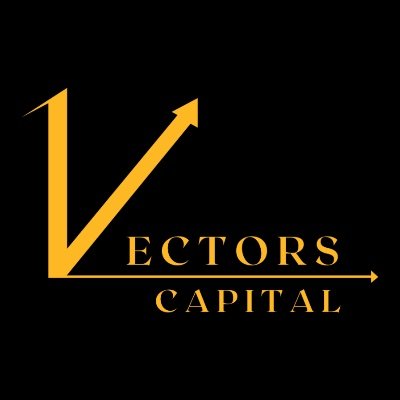
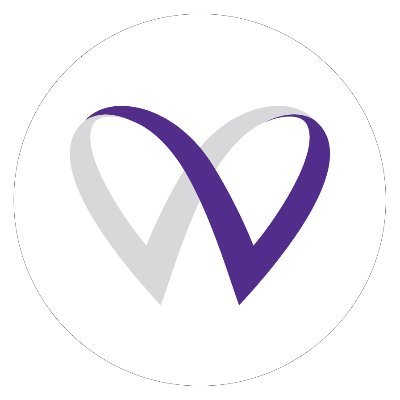
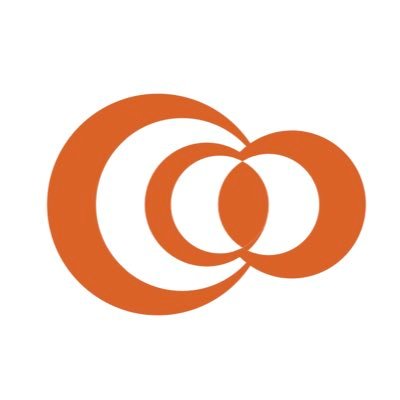
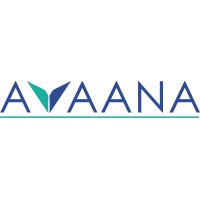
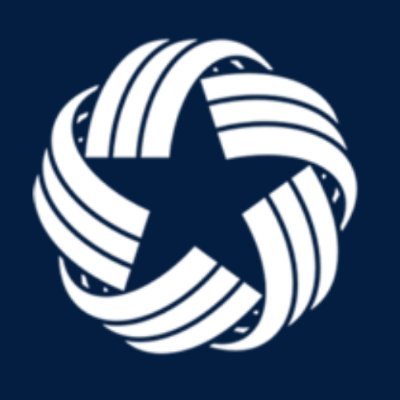
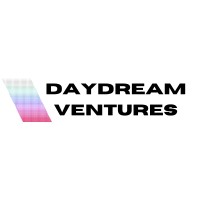
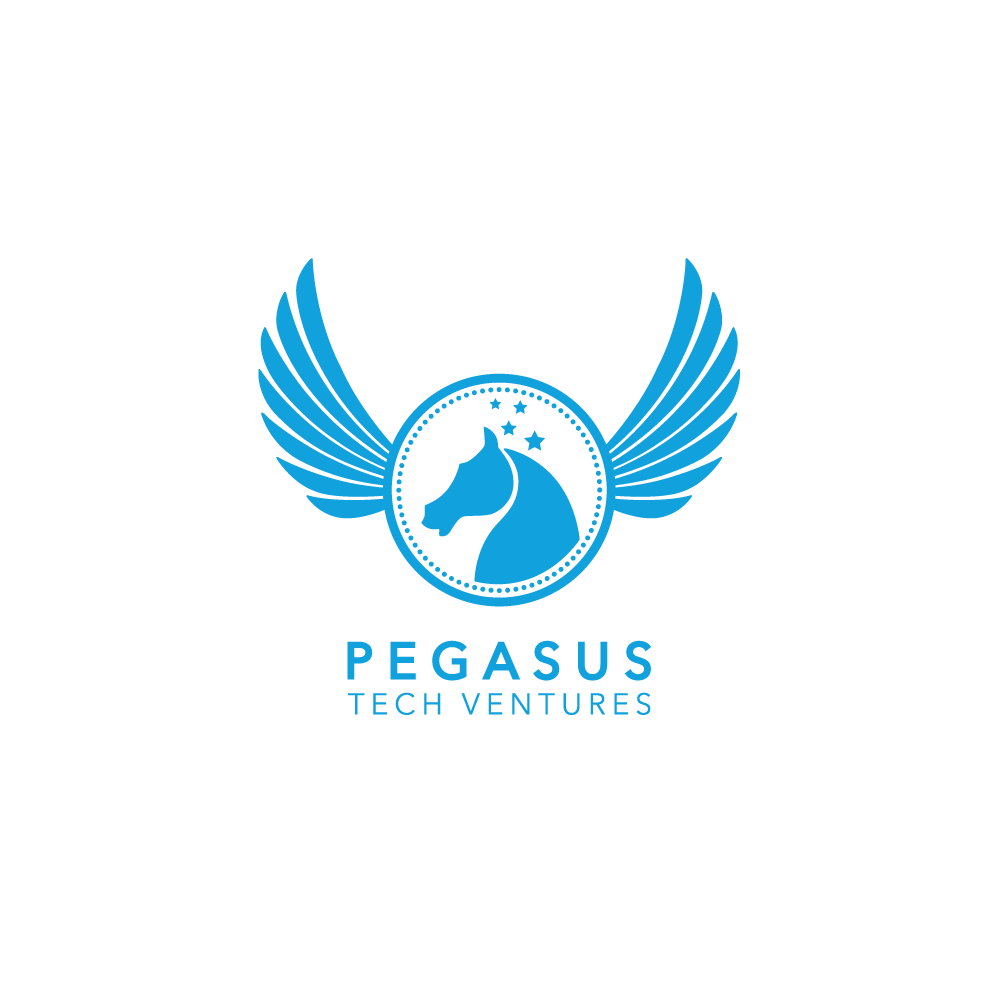

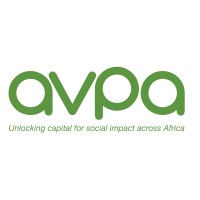
Compare 120 VC fellowship programs that turn operators into investors. Hand‑picked and updated weekly.



















These fellowships embed you inside VC firms or funds-in-formation, giving you hands-on exposure and access to networks.
Venture‑capital fellowships are structured, time‑boxed apprenticeships that embed you inside an investment firm so you can learn the craft of finding, evaluating, and supporting startups. Unlike a traditional internship, a fellowship is designed around a curriculum—think workshops on market sizing, live deal memos, and partner feedback loops—plus a clear alumni path into full‑time roles or your own fund.
Funds use fellowships to widen their talent funnel beyond Ivy‑League resumes, to scout regional opportunities, and to de‑risk junior hiring. For candidates, a fellowship delivers signal (“I can do the job”) and network (“here are 30 partners who trust me”) faster than an MBA could.
Paid programs offer a stipend (USD $1‑5 k/mo). Free programs cost nothing but pay in access; you often keep carry on any deals you surface. A third bucket combines a modest stipend plus 5‑25 bps of fund carry—valuable if the fund is top‑quartile. When comparing offers, multiply the stipend by duration, then assign an expected value to carry (rule of thumb: assume 1× DPI on a 10‑year horizon).
Remote cohorts exploded post‑COVID. They give geographical flexibility but can limit hallway mentorship. Hybrid models are emerging: quarterly in‑person summits plus remote deal work. Decide how much face‑time you need to learn best.
Most applications ask for a short investment memo. Show contrarian insight, not buzzwords. Quantify a market, critique a business model, and propose a crisp follow‑up question you’d ask the founder. Highlight unique sourcing edges—maybe you run a 5 k‑subscriber fintech newsletter or moderate a large Gen‑AI Discord.
Partner Access: Direct partner feedback accelerates learning. Does the brochure list weekly deal reviews with partners?
Stage Focus: Align with your domain: pre‑seed, climate, frontier tech… Look at the fund’s last five investments.
Alumni Outcomes: A program is only as good as its exits—of people. Scan LinkedIn for past fellows’ current roles.
Compensation: Money keeps the lights on; carry keeps you motivated. Calculate stipend × duration vs. your burn.
Time‑Zone Fit: Sync meetings are inevitable. Check if stand‑ups are time‑zoned to SF or GMT.
Investor Track → Analyst / Associate → Principal → Partner
Operator Track → Venture Platform / Portfolio Ops → Chief of Staff → Founder
Some alumni parlay the credential into LP commitments for a first‑time micro‑fund within 24 months.
A VC fellowship is the fastest, cheapest way to test if you actually enjoy venture investing. Use the filters, read the alumni notes, and apply to two or three programs that match your edge rather than shotgun‑blasting fifteen. Quality of fit beats quantity of apps every time.
Join the Superscout community!
🌍 Meet other scouts globally.
👀 Get first dibs on new scout programs and VC openings.
✨ Get feedback and investor recommendations for your deal memos.
✌️ Learn and grow together as a community!
Every venture capital fellowship is designed to meet complementary goals for both sides of the table. The fund wants to discover high‑caliber talent, especially people who can bring proprietary deal flow from communities the partners do not reach. Running a fellowship lets the firm assess candidates’ judgment and hustle over months rather than through a short interview cycle.
For fellows, the objective is skill acquisition and network building. Participants practice evaluating real startups, learn how term sheets are negotiated, and gain direct feedback from seasoned partners. The structured curriculum compresses years of on‑the‑job learning into a single cohort, shortening the path to an associate or principal role.
Another goal is brand amplification. By graduating a cohort of enthusiastic evangelists each year, the fund extends its presence across universities, accelerators, and online communities. This virtuous cycle improves deal flow quality while offering alumni ongoing access to knowledge resources and career opportunities.
Fellowship committees search for people who display evidence of independent thinking, quantitative ability, and genuine interest in startups. Academic pedigree is helpful when it demonstrates discipline, but applicants without elite degrees can stand out by showcasing impactful projects or publications.
Many strong fellows have operated inside startups, built niche communities, or created authoritative industry content. This real‑world context signals they can evaluate founders from a place of experience rather than pure theory. Funds also prize diversity of geography, gender, and professional background because heterogeneous cohorts surface a wider range of opportunities.
Beyond hard skills, successful fellows show coachability and a willingness to perform unglamorous tasks. Venture work includes scheduling calls, cleaning data, and proofreading memos. Candidates who treat these duties as chances to learn often earn mentors’ trust quickly. In short, the best applicants present a mix of domain insight, hustle, and humility that predicts value creation during and after the program.
The first competency is opportunity sourcing. Fellows practice scanning public databases, social channels, and personal networks to identify startups before they appear on mainstream radars. Alongside sourcing comes pattern recognition: learning which signals indicate traction or founder‑market fit.
Analytical modeling is the second pillar. Programs teach bottoms‑up market estimates, unit economics, and scenario planning so a fellow can articulate upside and risk. Written communication follows closely because every investment thesis must be distilled into a clear memo that partners can digest quickly.
Founder interviewing is another critical skill. Fellows learn to ask open‑ended questions, test assumptions, and gauge vision without leading the entrepreneur. Post‑investment, they assist with portfolio support tasks such as talent recruitment or customer introduction, which hones project management and stakeholder alignment abilities.
Finally, fellowships reinforce ethical judgment and confidentiality practices, preparing participants to handle sensitive data and maintain trust with both founders and limited partners.
Stipends provide immediate liquidity, usually enough to offset part‑time hours or support full‑time summer participation. Amounts vary by geography and fund size, but they aim to ensure that candidates from any socioeconomic background can accept the role.
Some programs add carried interest, a percentage of fund profits shared after investors are repaid. Even a fractional share can translate into meaningful upside if the fund performs well, aligning fellows with long‑term outcomes. Carry may vest over several years or be tied to specific deals a fellow sources.
Beyond cash, fellows gain access to exclusive learning sessions, investor databases, and a powerful alumni network. These intangible benefits often outweigh the cash in the long run because they accelerate career mobility. Funds might also cover travel to demo days, conferences, or portfolio off‑sites, broadening exposure to industry leaders.
Carry, short for carried interest, represents the upside that investment professionals earn once a venture fund returns capital plus a hurdle rate to its limited partners. It aligns incentives because team members profit only when the portfolio succeeds.
Fellows usually participate through one of two mechanisms. The first is a cohort pool where all fellows split a predefined percentage of the overall carry, promoting collaboration rather than competition. The second ties carry to individual contributions, granting a slice of profits on deals a fellow sources or diligences materially.
Legal implementation involves profits‑interest units in a special purpose vehicle or through membership in an LLC designated for the cohort. Vesting schedules exist to encourage ongoing engagement and may accelerate if a fellow joins the firm full‑time. While the dollar value is uncertain until exits occur, even a small share offers a powerful introduction to long‑tail venture economics.
Duration reflects the balance between meaningful exposure and practical logistics for both parties. Three‑month terms align well with academic calendars, allowing students to participate during summer without conflicting with coursework. These short cohorts emphasize sourcing and quick diligence sprints.
Six‑month programs provide enough time for fellows to follow deals from first pitch through term sheet, offering a fuller view of the venture cycle. Longer fellowships, often tied to deep‑technology or frontier funds, can stretch to a year so participants can observe R&D milestones and regulatory steps.
Time commitment may be part time or full time. Remote fellows often spread 10 to 15 hours a week over six months, while in‑person summer cohorts work forty hours weekly for a shorter window. Regardless of format, the program typically culminates in a capstone presentation that showcases learnings and contributions.
Mentorship usually begins with assigning each fellow a partner or senior associate who conducts weekly check‑ins. These meetings review pipeline progress, offer feedback on memos, and set goals for the following week. Some funds layer an additional “buddy” system that links fellows with recent alumni for informal advice.
Curriculum elements follow a sequence that mirrors the investment lifecycle. Early weeks focus on market mapping and sourcing channels. Midpoint modules tackle financial modeling, term sheet mechanics, and legal basics. Toward the end, sessions shift to portfolio support topics like recruiting or fundraising strategy.
Live workshops may feature guest speakers such as founders, legal counsels, or experienced angels. Fellows often receive reading lists and case studies to reinforce lessons. Peer‑to‑peer learning is encouraged through group memo critiques and mock partner meetings where participants debate investment decisions. This blend of structured education and experiential work maximizes retention and builds confidence.
Seed specialists often launch fellowships to expand coverage across emerging ecosystems and spot founders before larger firms take notice. These programs emphasize sourcing and early product validation.
Multi‑stage firms use fellowships to maintain a pipeline of junior talent who can grow into analyst roles across different sectors. Their programs tend to rotate fellows through several internal teams, providing exposure to varied investment stages.
Corporate venture arms host fellowships that blend strategic insight with financial goals. Participants learn how corporate resources like distribution channels and technical expertise influence deal selection.
Impact funds and region‑focused vehicles employ fellowships to cultivate investors who align with their social or geographic missions. These programs often involve field visits and policy discussions that broaden fellows’ perspectives beyond financial returns. Though structures differ, each fund type leverages fellowships as a low‑risk method to scout talent and generate deal flow.
Begin by aligning your narrative with the fund’s focus areas. If the firm invests heavily in climate technology, present evidence of climate expertise such as conference speaking or research projects. This targeted approach signals genuine interest rather than shotgun enthusiasm.
Next, create a short but substantive investment memo on a startup that fits the portfolio. Include a clear thesis, quantified market size, competitive landscape, and a recommendation. A well‑argued memo demonstrates analytical rigor and writing ability, two core skills the fellowship demands.
Networking matters, but quality beats quantity. Aim for one or two advocates who know your work deeply and can articulate specific reasons you would add value. Finally, polish every document to remove typos, use plain language, and respect word limits. Professional presentation shows respect for reviewers’ time and sets you apart from candidates who rely solely on credentials.
The centerpiece is usually a formal investment memo on a live deal. This document covers market opportunity, competitive dynamics, business model analysis, risk factors, and an investment recommendation. Partners use it to decide whether to advance the opportunity.
Fellows also maintain a personal or team pipeline within the fund’s CRM. Regular updates on founder conversations and traction metrics help partners prioritize meetings. Many programs ask for thematic market maps that identify whitespace and potential targets in sectors like digital health or supply chain software.
On the portfolio side, deliverables could involve drafting a talent newsletter, compiling a list of potential enterprise customers, or constructing KPI dashboards for founders. These projects teach fellows how value creation extends beyond writing checks. Each deliverable is reviewed, iterated, and archived, building a tangible portfolio of work that fellows can showcase while job searching.
Many funds integrate fellows into their platform or operations team for a portion of the program. Tasks range from sourcing candidates for key hires to drafting competitive analyses that a founder can use in sales meetings. Such assignments build empathy for entrepreneurs and deepen understanding of post‑investment value creation.
Fellows may sit in on board observer meetings or internal portfolio reviews where CEOs discuss quarterly performance. Listening to these sessions teaches the nuances of governance, metrics tracking, and strategic decision making. When a portfolio company prepares for its next funding round, fellows can help refine pitch decks and assemble data rooms, gaining firsthand insight into capital formation mechanics.
This exposure benefits both sides. Founders receive timely support while fellows develop operator-level credibility that enriches future diligence questions. The experience also sharpens pattern recognition about what distinguishes companies that scale efficiently from those that stall.
A direct path is internal conversion. Funds often hire top performing fellows as analysts or associates, leveraging the trust and context built during the program. Others transition to peer firms that value the credential and fresh deal flow demonstrated through fellowship deliverables.
Another popular route is joining a portfolio company. Exposure during the fellowship helps alumni spot fast‑growing startups where their new investment skill set pairs with operational strengths. Some alumni later become founders themselves, citing insights gathered from reviewing hundreds of business models.
Corporate development and innovation teams also recruit fellowship graduates because they combine strategic thinking with a venture network. Finally, a subset of alumni pursue advanced degrees such as MBAs or technical PhDs, using the fellowship experience to refine research questions or focus areas. Regardless of path, the network and credibility gained remain long‑lasting assets.
A venture fellowship is immersive, short, and focused on investment tasks. Participants analyze live companies, attend partner meetings, and build networks directly relevant to venture careers. The cost is low to zero, and the opportunity cost is mainly time rather than tuition.
An MBA delivers a comprehensive curriculum that spans finance, marketing, operations, and leadership. It grants a large alumni base and on‑campus recruiting access to many industries. The tradeoff involves high tuition and two years away from full‑time work.
For someone certain about venture, a fellowship can be a faster, cheaper credential that yields targeted relationships. An MBA suits candidates who want optionality across consulting, corporate roles, or entrepreneurship. Some alumni pair both paths by completing a fellowship during school breaks, combining academic breadth with industry depth.
While formal duties end with the cohort, funds hope fellows remain active ambassadors. Alumni are often invited to monthly pipeline calls or annual retreats where they can introduce new startups. This arrangement benefits both sides: the fund receives extended reach, and alumni keep access to mentors and resources.
Carry participation, if granted, creates a financial tie that lasts through the fund’s life. Fellows are expected to maintain updated contact information and comply with any capital call or tax reporting obligations. Confidentiality survives the fellowship, so alumni must handle proprietary data responsibly.
Some programs set light performance benchmarks, such as sharing two qualified leads per year, to keep alumni privileges current. Meeting these expectations sustains network vibrancy, ensuring the fellowship remains a living community rather than a one‑off educational stint.
A venture‑capital fellowship is intentionally broad so you experience the full deal flow. In a given week you might
1. Source: scan Product Hunt, Discord groups, Y Combinator batches, or university demos and log interesting startups in the CRM;
2. Triage inbound: help the analyst team apply quick kill‑criteria—market too small, cap table messy, founder/market mis‑fit—so partners only see the top 10 %;
3. Due‑diligence: pull Similarweb or App Annie numbers, build a bottoms‑up TAM model, interview three customers, and write a short memo summarising risk/reward;
4. Portfolio support: prep a talent newsletter, chase press contacts, or benchmark SaaS metrics for a board deck;
5. Internal meetings: observe Monday partner calls, get feedback on your memo, and shadow a term‑sheet negotiation.
The mix skews toward sourcing early in the fellowship; as you prove judgement you’re invited deeper into diligence and post‑investment work. Expect plenty of unglamorous tasks—updating Airtable, scheduling Zooms—because that’s how the sausage gets made and how you build trust with the core team.
No, but you must demonstrate the raw ingredients of an investor: analytical rigor, curiosity, and network access. Many successful fellows come from product management, engineering, journalism, or even medicine.
What matters is whether you can (1) spot non‑obvious opportunities early, (2) evaluate them with first‑principles thinking, and (3) communicate insights crisply. Show transferable evidence: perhaps you grew a niche newsletter, wrote deep‑dives on SaaS pricing, led an open‑source project, or organised a university demo day.
Highlight times you made decisions under uncertainty—launching a side project, choosing a supplier, or recommending a strategic pivot at work. These narratives map neatly onto venture skills like market sizing and hypothesis testing. If you do have investment exposure—student fund, angel syndicate—that’s a plus, but don’t let the absence stop you.
Fellowships exist precisely to give high‑potential outsiders their first formal shot; be explicit about what you hope to learn and how you’ll create value immediately for the fund.
Internships are typically three‑month, time‑boxed roles where you perform predefined tasks (market maps, pitch‑deck reviews) under close supervision, often earning school credit.
Fellowships, by contrast, are mission‑oriented apprenticeships: you own deliverables that matter to the fund (e.g., sourcing two investable deals), receive structured curriculum (weekly workshops, mentor check‑ins), and sometimes share in upside via carry. Interns sit near the bottom of the org; fellows are treated as junior colleagues whose judgement can sway an investment committee.
Moreover, internships rarely provide founder‑facing exposure; fellowships almost always involve direct calls with CEOs and participation in partner meetings. Compensation differs too: internships may be unpaid or stipend‑only; fellowships increasingly offer a blend of stipend plus carry.
Finally, alumni benefits diverge—fellowships continue as lifelong networks, while internships end when your badge deactivates. Think of a fellowship as closer to a medical residency: scoped autonomy, high expectations, and a defined learning arc.
Most fellowships advertise 10‑15 hours, but actual load follows a power curve: slow weeks at 5 hours, intense deal sprints at 25+.
Typical rhythm: 2‑3 hours of partner meetings, 4‑5 hours sourcing/networking, 3‑4 hours memo writing, and ad‑hoc founder calls or portfolio projects.
Remote programs trust you to manage spikes, especially near application deadlines and quarterly investment committee dates. If you’re working full‑time elsewhere, discuss bandwidth honestly up front and leverage evenings or time‑zone offsets—Asia‑based fellows can triage decks before U.S. partners start their day.
Quality trumps raw hours; a fellow who brings a credible pre‑seed AI deal once a quarter contributes more value than someone logging 15 chatty hours weekly with no pipeline. Build slack by preparing templates—market map frameworks, diligence checklists—so you can deliver polished work faster during crunch periods.
Expect to invest extra time early learning the fund’s thesis and CRM hygiene; payback comes as your pattern recognition grows.
Yes. U.S. securities law restricts who can invest in private funds, not who can work for them. A fellowship is an employment or contractor relationship, so accreditation isn’t required. Issues arise only when a program offers profit‑sharing or SPV carry, which technically constitutes a securities interest.
Funds solve this in one of three ways: (1) allocate carry via a non‑voting profits interest LLC that qualifies under the “knowledgeable employee” exemption (Investment Company Act Rule 3c‑5); (2) cap participant count below 35 non‑accredited holders to stay within private placement safe‑harbor; or (3) delay formal carry grants until you hit accredited status, substituting a cash bonus in the interim.
International fellows should check local tax obligations if they receive U.S.‑sourced profits. Bottom line: lack of accreditation rarely blocks admission; funds have standard legal playbooks. Still, ask for the exact entity you’ll hold and whether you’ll need to file a K‑1 for U.S. tax purposes.
Stipends come from management fees (usually 2 % of fund size) earmarked for talent development or from a dedicated operating budget if the fellowship doubles as a portfolio‑services function.
Some corporate‑linked funds (e.g., Salesforce Ventures) allocate HR or marketing budgets because fellows also produce ecosystem reports. The economics are straightforward: a $100 M fund collects $2 M annually in fees; allocating $100 k total stipends for ten fellows is just 5 % of the fee stream yet can surface deal flow that generates 10–20× returns.
For smaller micro‑funds, stipends may be subsidised by sponsors—law firms, cloud providers—who view fellows as future decision‑makers. Transparency varies, but you can ask: “Is my stipend drawn from fund fees, operating company revenue, or another line item?” A well‑run program will answer confidently and provide a contract outlining payment schedule and expense policy.
Sifted found nine such programmes founded in Europe. They range from a few days to a few weeks, from free to thousands of euros.
If you are an African graduate, professional and entrepreneur trying to get into venture capital, here are five African VC fellowships you should consider joining.
Dorm Room Fund, a venture capital operation that launched to invest in student-led startups, has raised a new $10.4 million fund, per SEC filings. The filing marks Dorm Room Fund’s largest fund to date, and its first that appears to include investors beyond First Round Capital, the firm that first launched the student-focused operation in 2012.
It started as First Round Capital’s experiment. After all, founder Josh Kopelman had started his first company, Infonautics, while he was a student at the University of Pennsylvania. Partner Hayley Barna had started Birchbox while still at Harvard Business School.
Put your program on the map. Showcase your fellowship, scout network, or academy to thousands of emerging investors. It's free and fast.
All trademarks, logos and brand names are the property of their respective owners. All company, product and service names used in this website are for identification purposes only. Use of these names, trademarks, and brands does not imply endorsement.